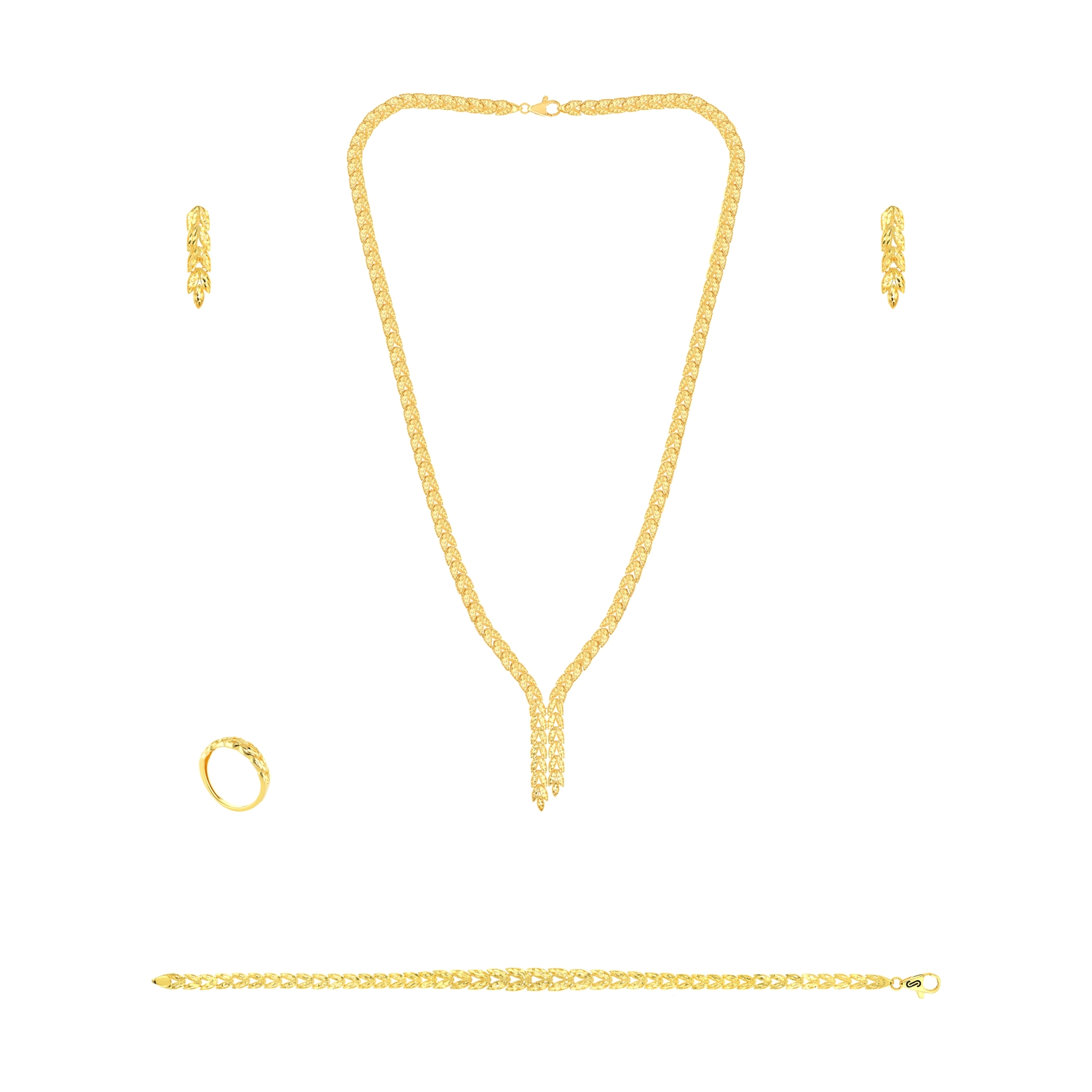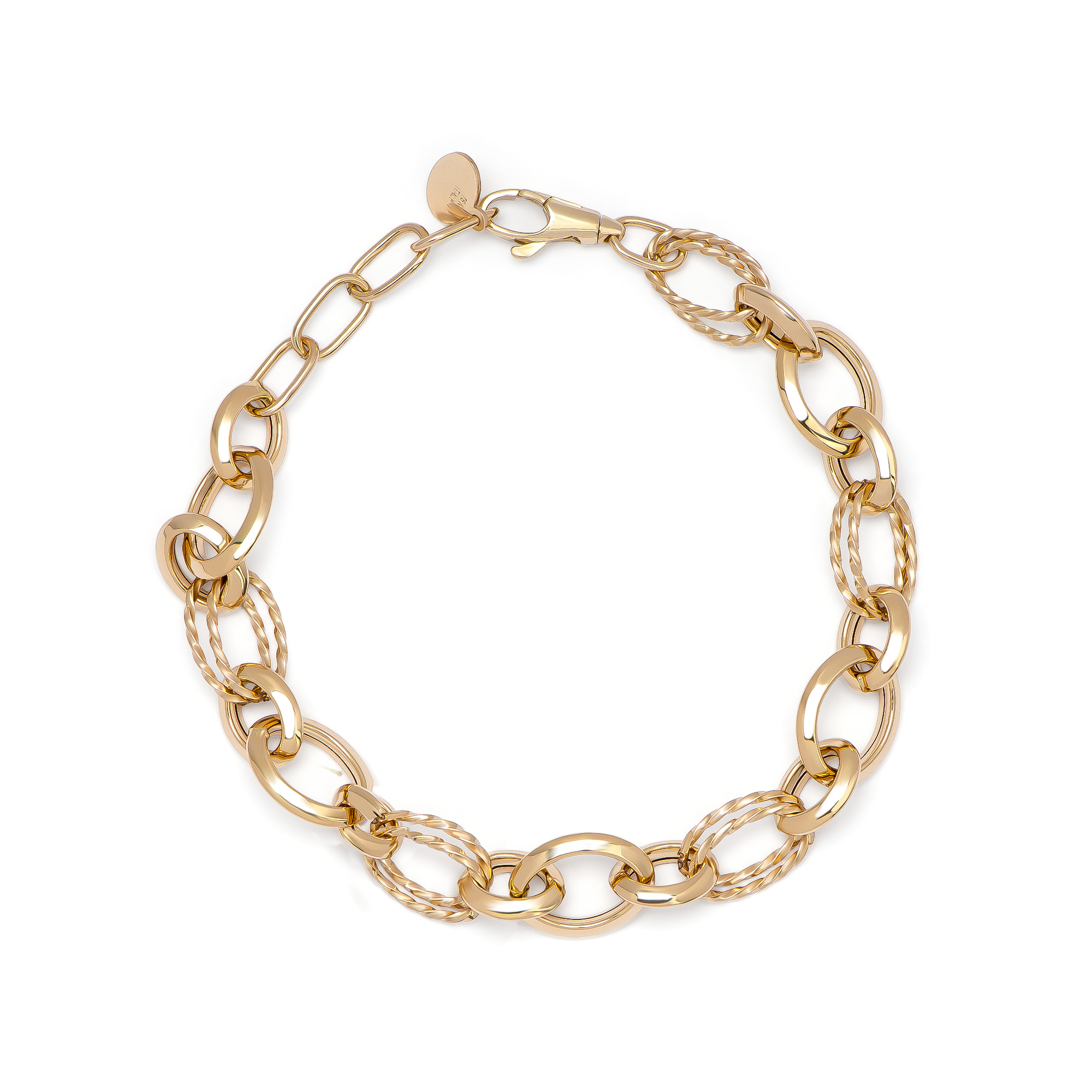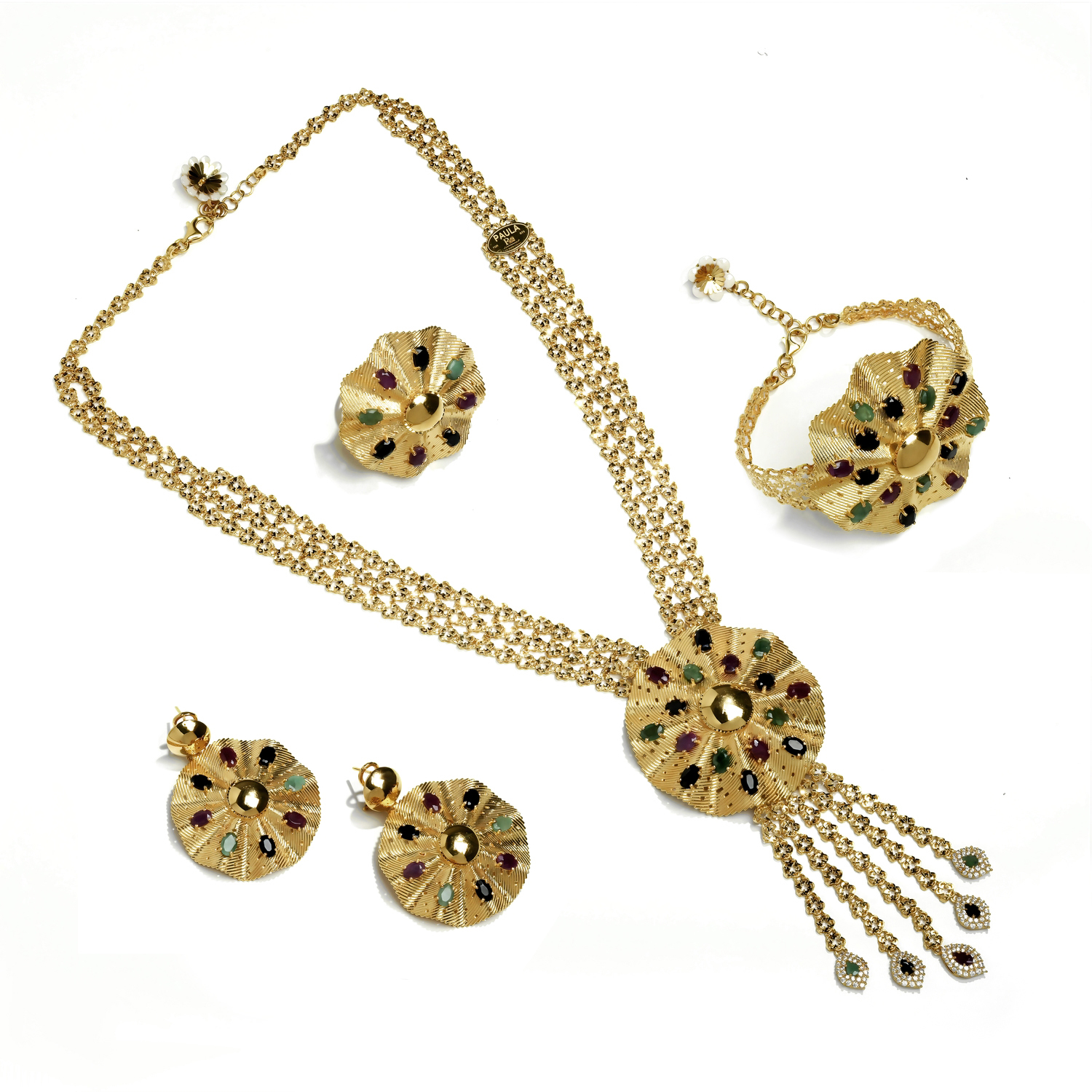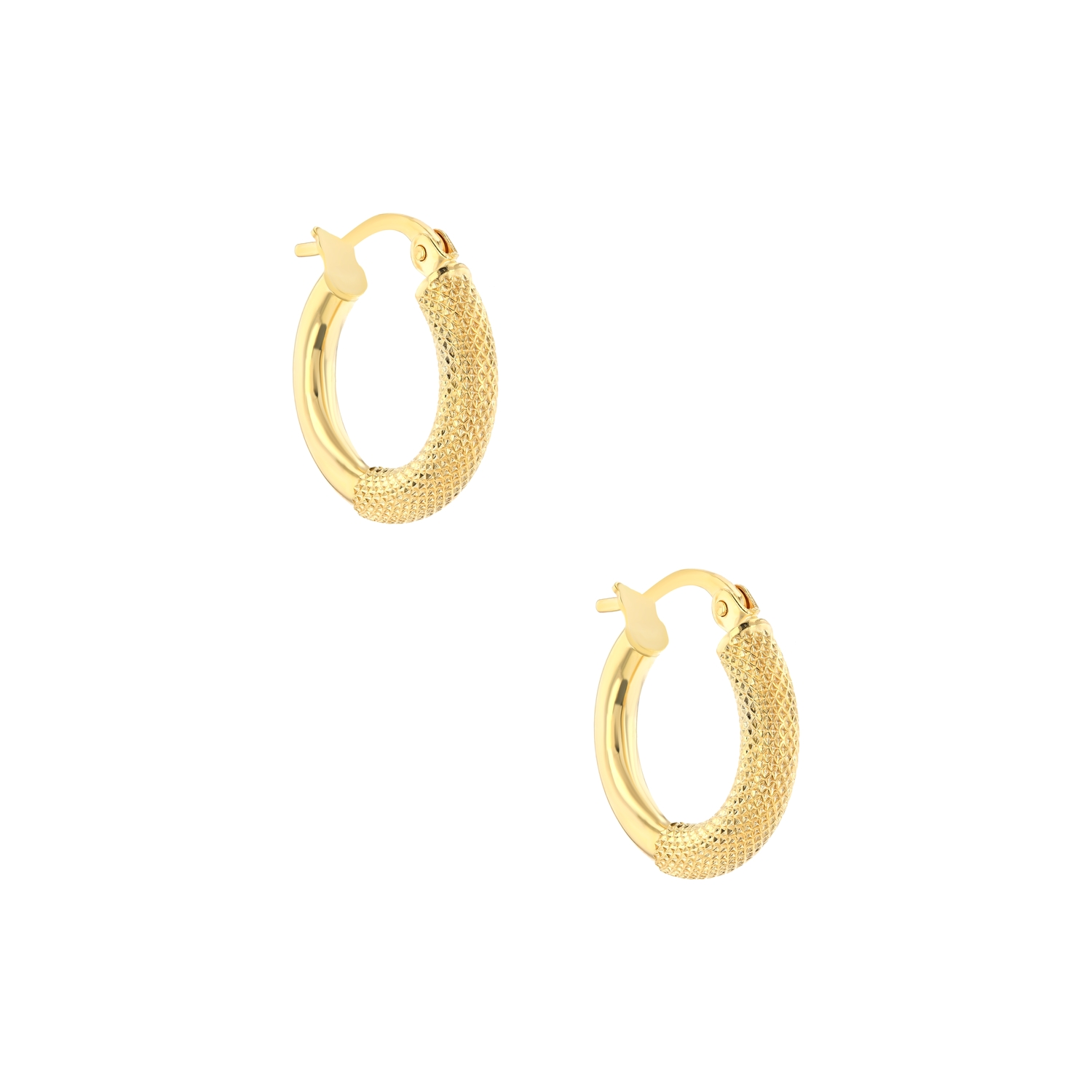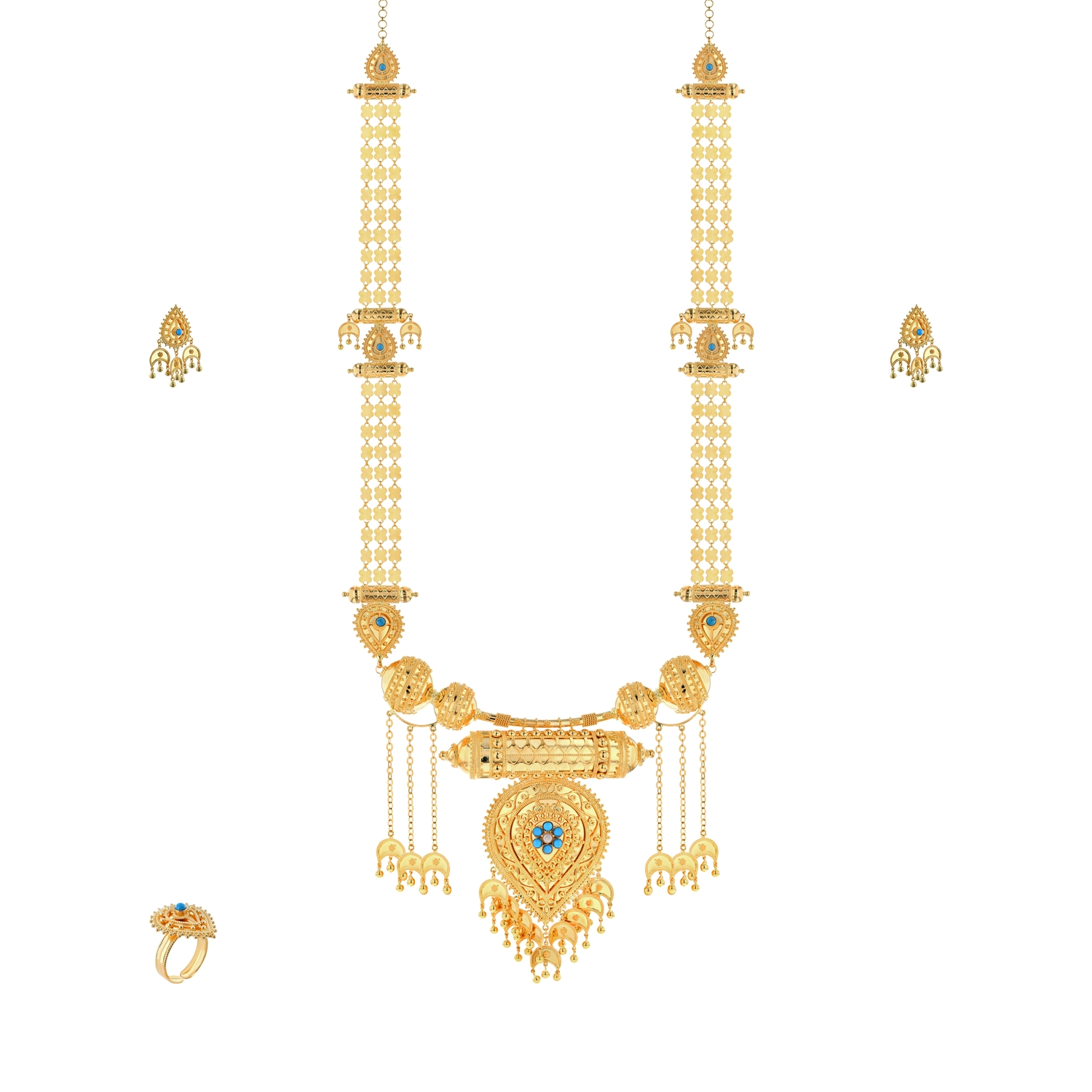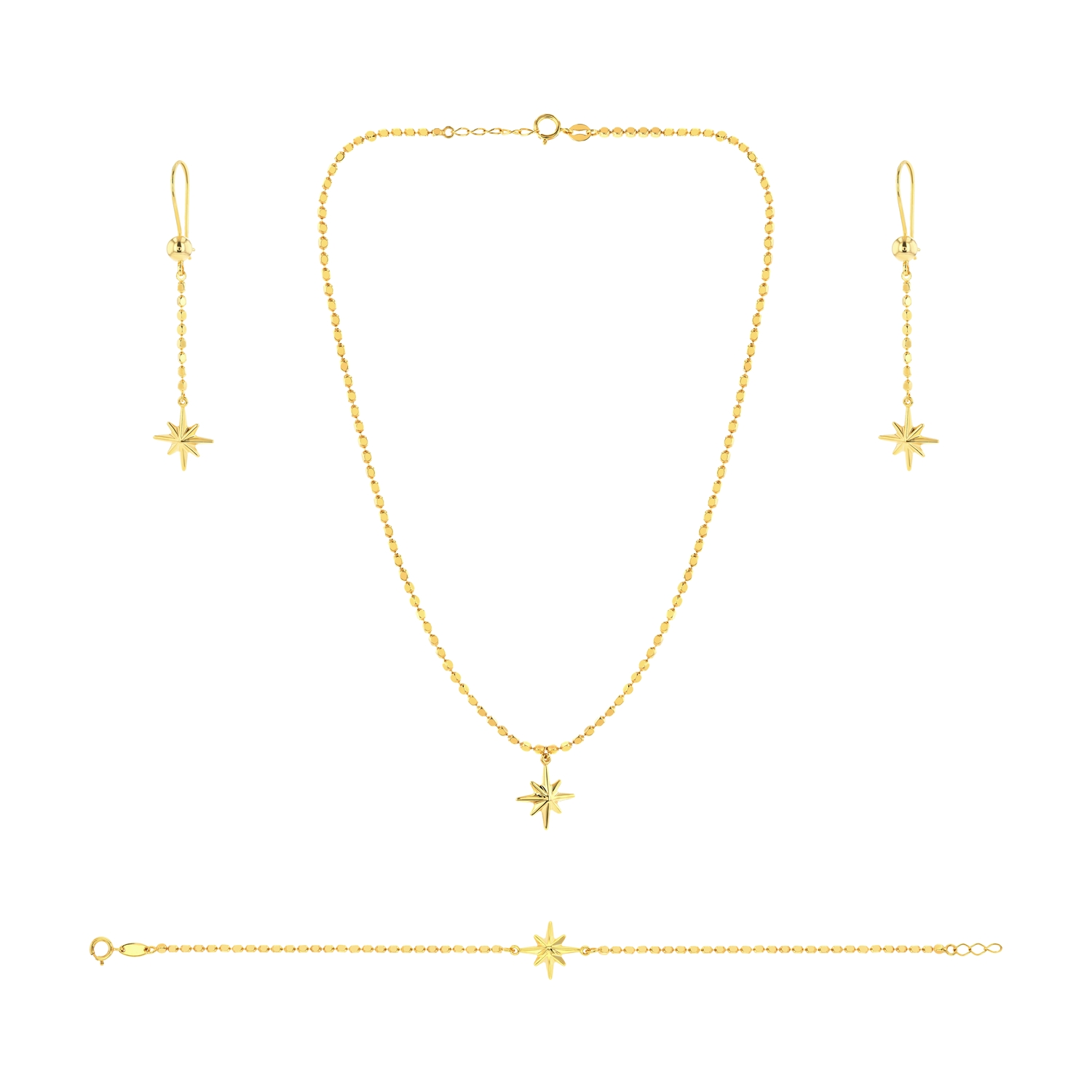How to Spot Authentic Gemstones: Gemstones Guide:

How to Identify Authentic Precious Stones
Understanding how to identify authentic gemstones is crucial in the world of fine jewellery. With the increasing demand for precious stones such as emeralds, sapphires, rubies, and diamonds, imitations are becoming more and more common. With the aid of this thorough gemstones guide, you will be able to recognise real precious stones and make sure that your investment is worthwhile and real. Knowing the essential qualities of real gemstones will help you recognise fake products and appreciate these exquisite natural beauties even more.
Understanding Gemstones
What Are Gemstones?
Gemstones are naturally occurring rocks or minerals that are polished, cut, and used as ornaments for jewellery. Their durability, beauty, and rarity make them highly valued. Because of their outstanding properties, precious gemstones like emeralds, sapphires, rubies, and diamonds are especially valuable and have been treasured throughout history.
Types of Gemstones
Precious and semi-precious are the two primary categories into which gemstones are typically divided.
- Precious Gemstones: Emeralds, sapphires, rubies, and diamonds are examples of them. They are renowned for their great worth, uniqueness, and brilliance.
- Semi-Precious Gemstones: These include a wide variety of other stones, such as garnet, topaz, turquoise, and amethyst. They can still be highly valuable and beautiful, even though they might not be as rare as precious jewels.
Key Characteristics of Authentic Gemstones
Color
The colour of a gemstone is one of the main clues to its authenticity. Real gemstones usually have an evenly distributed, intense colour that is rich and vivid. On the other hand, artificial or synthetic stones could have uneven or strangely coloured tones.
- Diamonds: Real diamonds should have no colour or just a faint tint of brown or yellow. Diamonds that are completely colourless are extremely expensive and rare.
- Rubies: Real rubies are characterised by a rich, intense red hue that is sometimes called "pigeon blood" red.
- Sapphires: Although real sapphires are available in a variety of hues, deep blue sapphires with a velvety sheen are the most sought-after.
- Emeralds: Genuine emeralds are distinguished by their deep green hue, which may have undertones of blue or yellow.
Clarity
When defects are present, they are referred to as inclusions or blemishes, depending on whether they are internal or external. Although inclusions are common in gemstones and are part of their natural makeup, a stone's authenticity can be determined by looking at its nature, size, and visibility.
- Diamonds: When it comes to diamonds, real ones usually contain minor inclusions, but they shouldn't be noticeable to the unaided eye. The clarity and value of the diamond increase with the number and size of inclusions.
- Rubies, Sapphires, and Emeralds: When these gemstones are magnified, inclusions are frequently evident. Unblemished stones are quite uncommon and might have synthetic origins.
Cut
A gemstone's brilliance and overall beauty are influenced by its cut. An excellent cut will enhance a gemstone's inherent beauty by reflecting light in an attractive way.
- Diamonds: When a diamond is cut properly, it will reflect light brilliantly, spreading it across the top of the stone and from one facet to another within the stone.
- Rubies, Sapphires, and Emeralds: Asymmetrical cuts that enhance the colour and brilliance of rubies, sapphires, and emeralds are recommended. It's possible for poorly cut stones to look lifeless and dull.
Carat Weight
The size and weight of a gemstone are measured in carats. Larger stones are frequently more valuable, but a gemstone's quality is also a major factor in determining its value.
- Diamonds: A diamond's worth can be considerably increased by its carat weight, particularly if it also has outstanding colour, clarity, and cut.
- Larger stones are rarer and more valuable in rubies, sapphires, and emeralds, but colour and clarity are also important considerations.
Methods to Identify Authentic Gemstones (H2)
Professional Appraisal
To guarantee the authenticity of a gemstone, getting it properly assessed by a qualified gemologist is one of the most reliable methods. These professionals evaluate a gemstone's qualities and verify its authenticity using specialised tools and techniques.
Certification
A certification from an accredited gemological laboratory might be attached to genuine gemstones. These certifications offer comprehensive details regarding the colour, clarity, cut, carat weight, and other characteristics of the gemstone.
Visual Inspection
A comprehensive visual inspection will assist you in identifying possible indicators of a fake gemstone, even though it is not as conclusive as an expert analysis. Check for inclusions, colour, and examine the cut.
Conclusion
Authentic gemstones can be identified with a keen eye and an understanding of their essential qualities. You can choose jewellery with confidence if you know about the colour, clarity, cut, and carat weight of precious stones. Additional reassurance of authenticity can be obtained by expert evaluations and certificates. This gemstones guide will assist you in recognising and appreciating genuine precious stones as you expand your jewellery collection. Accept the grace and beauty of real jewels, and make sure your investments are classic and genuine.

